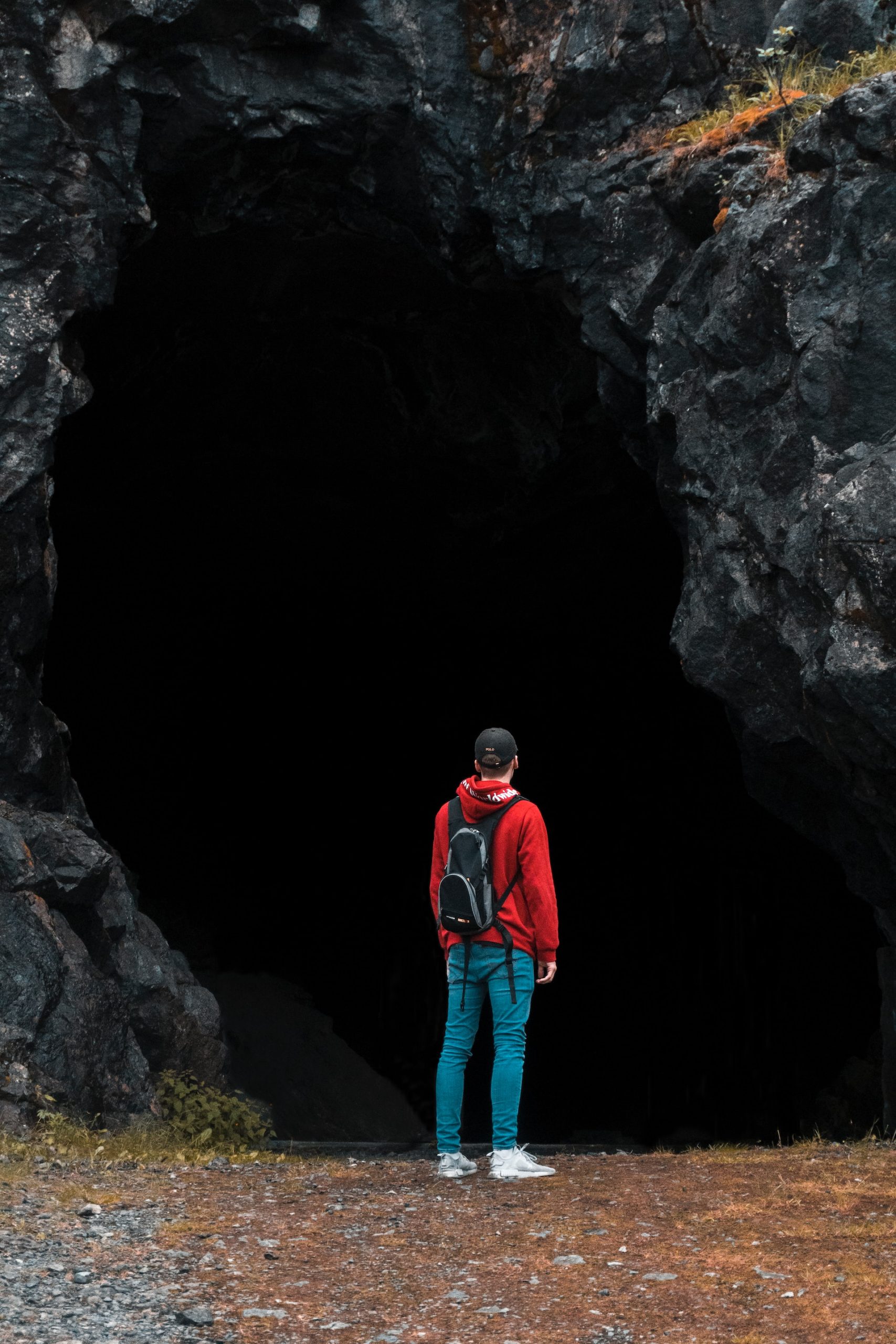Europe’s silent underground, once teeming with coal miners in search of the continent’s industrial lifeblood, is witnessing a renaissance. Abandoned coal mines, now submerged in water warmed by the Earth itself, are proving to be a potent source of zero-carbon energy.
Gateshead: A Pioneering Transformation
A Gateshead-based project, exploiting the warmth from the water that has inundated its old coal mine tunnels, is lighting the way. For the past half year, this endeavor has successfully delivered green energy to hundreds of homes and businesses in what used to be a bustling coalfield community.
John McElroy, a cabinet member at Gateshead Council, comments on this transformation. “From the soot-covered days of coal mining to now, Gateshead is emerging as a beacon of green energy harnessing. We’re converting a dirty legacy into a promise for the future.”
Tapping an Underestimated Reservoir
It’s estimated that the UK’s submerged mine shafts hold about 2 billion cubic meters of warm water. Gareth Farr from the Coal Authority suggests, “Abandoned coal mines present a unique opportunity. By harnessing the heat from this water, we’re looking at a secure, low-carbon supply of heat, impacting millions residing atop these coalfields.”
This is more than just a solution for the environment. Accessing this source of warmth also stimulates the economies of communities that suffered from the decline of coal mining in the 80s.
The Science Behind The Heat
But what makes this water warm? The answer lies in the depth. The deeper the water, the warmer it gets, as shown in an interactive map from the UK Coal Authority. Some depths, like the Yorkshire site, can reach temperatures up to 45°C.
Harnessing this heat requires drilling boreholes to draw the water to the surface. This warm water is then channeled through heat pumps and extractors. After compressing, the liquid heats up further and is then distributed for heating purposes. And the beauty of it? Once utilized, the water can be returned to the mine to restart the cycle.
UK: Stepping into The Future with the Past
Gateshead’s success story is just the tip of the iceberg. The UK Geoenergy Observatory (UKGEOS) in Glasgow, funded by a significant government investment, is delving deeper into understanding this source of energy. Alan MacDonald from UKGEOS noted, “The boreholes drilled in Glasgow aren’t just beneficial for the UK. They offer insights for global geothermal energy pursuits.”

Europe’s Geothermal Vanguard
While the UK is making strides, it’s standing on the shoulders of European geothermal giants. The Dutch city of Heerlen was home to the world’s first mine water power station in 2008, which led to an impressive cut in the region’s carbon emissions. Spain’s Asturias region has also embraced this transformation, where their old coal mines now power several facilities.
María Belarmina Díaz Aguado, Asturias’s director of energy, reflects on the shift: “Our once bustling coal mines have been given a renewed purpose, ensuring a greener future for all.”
Conclusion: The Dawn of a New Era
While Europe is harnessing the might of geothermal energy, the origins of this innovation trace back to Springhill in Nova Scotia, Canada, where the community began using mine heat in the late 80s.
Europe’s transition from coal-fired past to a sustainable future showcases the incredible potential of reimagining and repurposing old infrastructures. As abandoned mines start a new chapter, they offer hope that green solutions may sometimes lie beneath our feet, waiting to be unearthed.
©globalgreenhouse.eu

